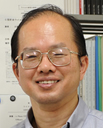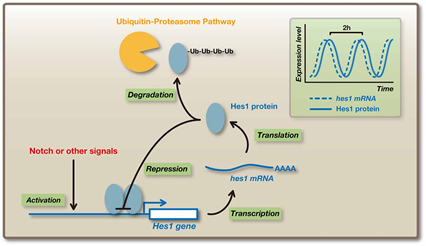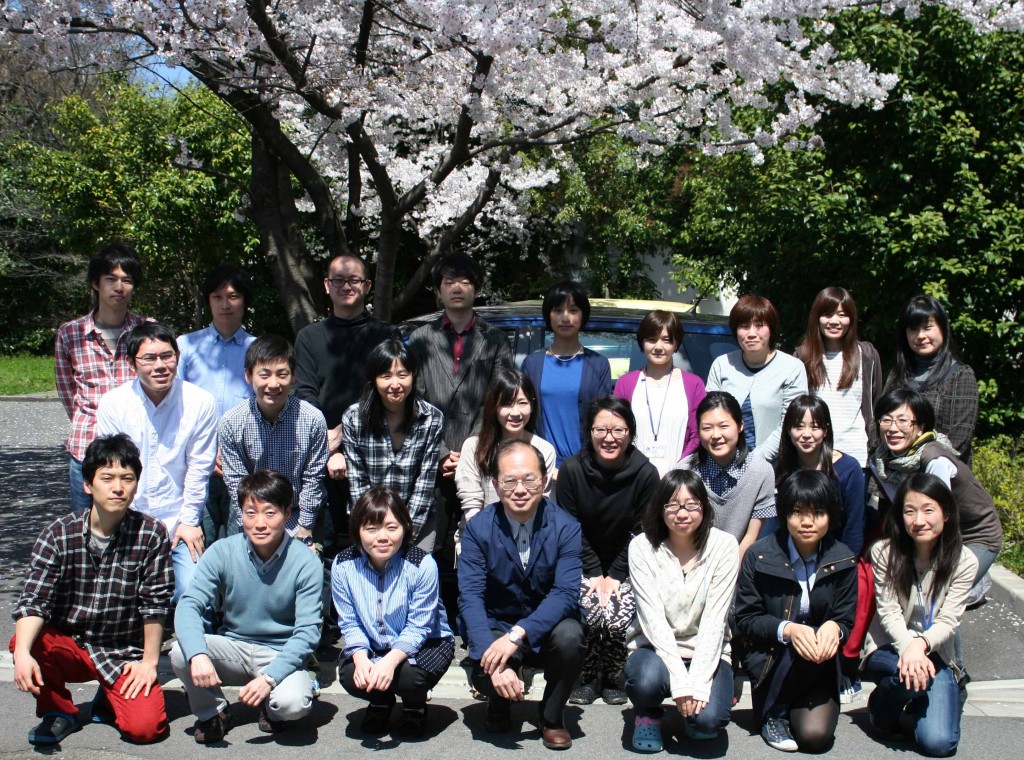
M.D., Ph.D. Visiting Professor Ryoichiro Kageyama
It is really fascinating and exciting to see the process where fertilized eggs develop into complicated embryos. How does each cell in embryos know its own position and role? How do many events proceed coordinately at the right time and the right place? Many things remain to be solved in developmental biology. We are challenging these difficult but fascinating problems of developmental biology. The results from this research will be useful for the future regeneration therapy. We hope many students will join us to challenge these problems.
Research and Education
We are interested in the molecular mechanisms of embryogenesis and, in particular, of neural development. Neural stem cell proliferation, neurogenesis and gliogenesis, occur sequentially during neural development, and these three steps were found to be regulated by bHLH factors. These findings will be useful for the future regeneration therapy.
We are also interested in biological clocks that regulate embryogenesis and found that the bHLH factors Hes1 and Hes7 act as two-hour cycle biological clocks. Hes1 regulates the time in many cell types, while Hes7 regulates the somite segmentation, which occurs every two hours in mice. This research will open the new field “Developmental Chronobiology”.
Regarding education, we are committed to providing students with the highest quality of research environment and educating them to be the scientists who play important roles in international societies. Students with various backgrounds study Developmental Biology from the beginning and join the research projects described above. They are encouraged to present their results in domestic and international meetings and to publish them in international journals.
 Fig. 1: Oscillatory expression of Hes1
Fig. 1: Oscillatory expression of Hes1
 Fig. 2: Lab group photo
Fig. 2: Lab group photo
Recent Publications
- Shimojo, H., Isomura, A., Ohtsuka, T., Kori, H., Miyachi, H., and Kageyama, R. (2016) Oscillatory control of Delta-like1 in cell interactions regulates dynamic gene expression and tissue morphogenesis. Genes & Dev. 30, 102-116.
- Isomura, A., and Kageyama, R. (2014) Ultradian oscillators: rhythms and cell fate decisions. Development 141, 3627-3636.
- Imayoshi, I., and Kageyama, R. (2014) bHLH factors in self-renewal, multipotency, and fate choice of neural progenitor cells. Neuron 82, 9-23.
- Imayoshi, I., Isomura, A., Harima, Y., Kawaguchi, K., Kori, H., Miyachi, H., Fujiwara, T.K., Ishidate, F., and Kageyama, R. (2013) Oscillatory control of factors determining multipotency and fate in mouse neural progenitors. Science 342, 1203-1208.
- Harima, Y., Takashima, Y., Ueda, Y., Ohtsuka, T., and Kageyama, R. (2013) Accelerating the tempo of the segmentation clock by reducing the number of introns in the Hes7 gene. Cell Reports 3, 1-7.
Laboratory
Professor: Ryoichiro Kageyama
Associate professor: Ohtsuka Toshiyuki
Assistant professor: Taeko Kobayashi
Specific Associate Professor: Itaru Imayoshi
Specific Assistant Professor: Tomoko Tateya
Specific Assistant Professor: Hiromi Shimojo
TEL +81-75-751-4011
FAX +81-75-751-4807
e-mail: rkageyam@virus.kyoto-u.ac.jp
URL: https://www.bdr.riken.jp/en/research/labs/kageyama-r/index.html
